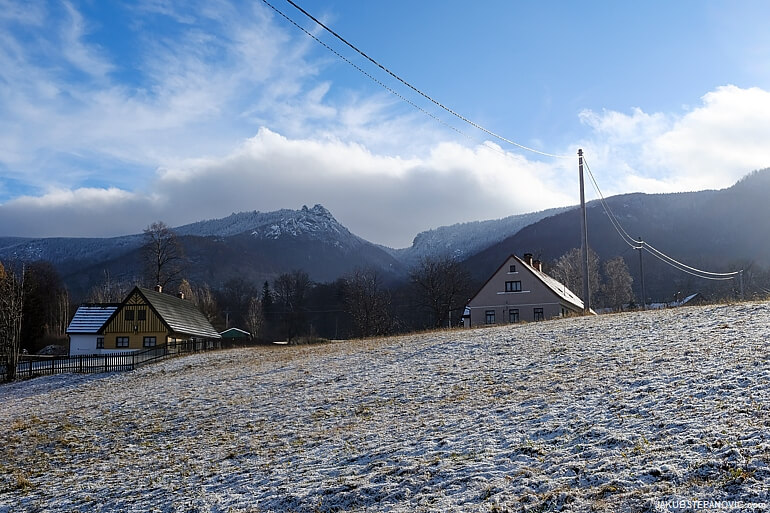
Taking a closer look at Czechia's northernmost mountain range.
Initially, the Jizera Mountains might not look exciting, as they don't offer the height or prominence of some more known mountain ranges of Europe. Yet, UNESCO coined the primaeval beech forest part of the Jizera Mountains as a world heritage site this year, spotlighting the fact that they aren't some dull landscapes. Indeed, they aren't!
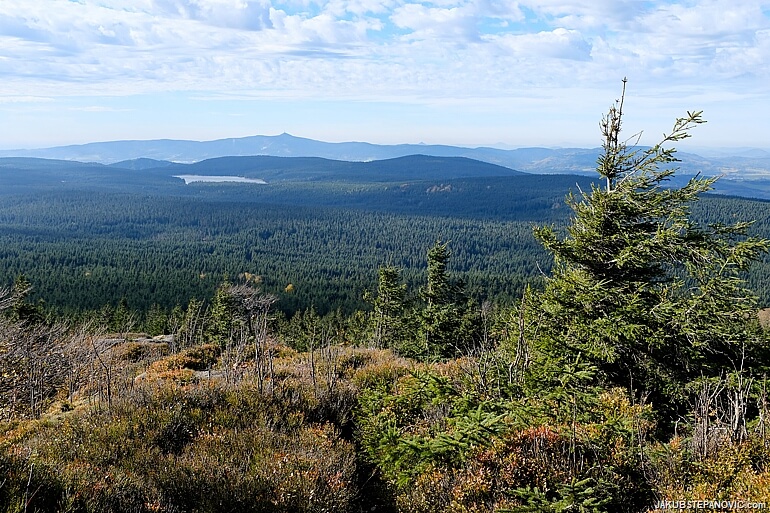
So, I decided to make this post showing the charismatic elements of the area I found and photographed during my recent visits. But I will briefly introduce the region's history too, as it is equally interesting.

It has been settled since prehistoric times, and so it's been a while since people stripped the mountains of their wilderness; for example, the last bear was shot here in 1741. Yet, it is still possible to find wild-ish places without visible interventions.
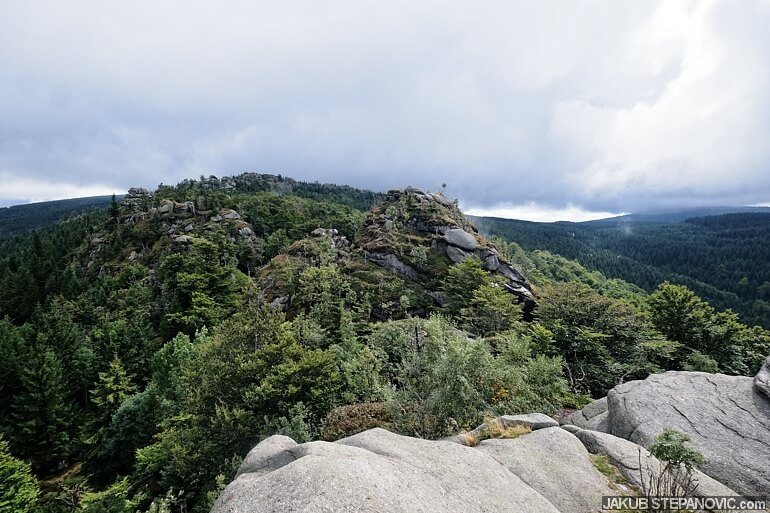
Multiple cities surround the range.

Many of them gained influence thanks to their successful glass and later textile factories.

The prosperity of the local businesses experienced a boom with the industrial revolution, which had a significant role in building tourism in the region. Steam-powered workhouses gave the area economic success but contributed to dirty city centres, and the mountain's air and pristine nature suddenly became an appreciated commodity.
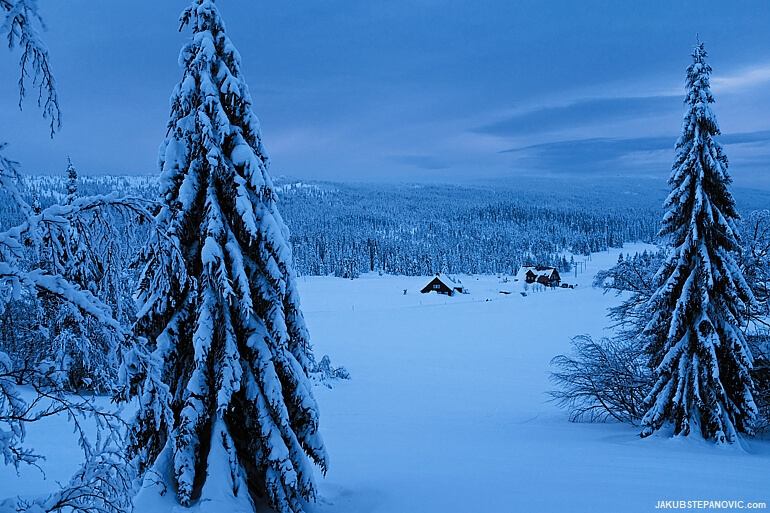
By the end of the 19th century, the region had many mountain associations. These were well-organized clubs arranging trips, hosting social events and publishing yearbooks of their members. Importantly, they also sought to make the range accessible to the masses by constructing roads, lookout towers, tourist signs, and shelters. Thanks to the industries and tourism efforts, the hills are easy to reach, not just on foot, but also by public transport:
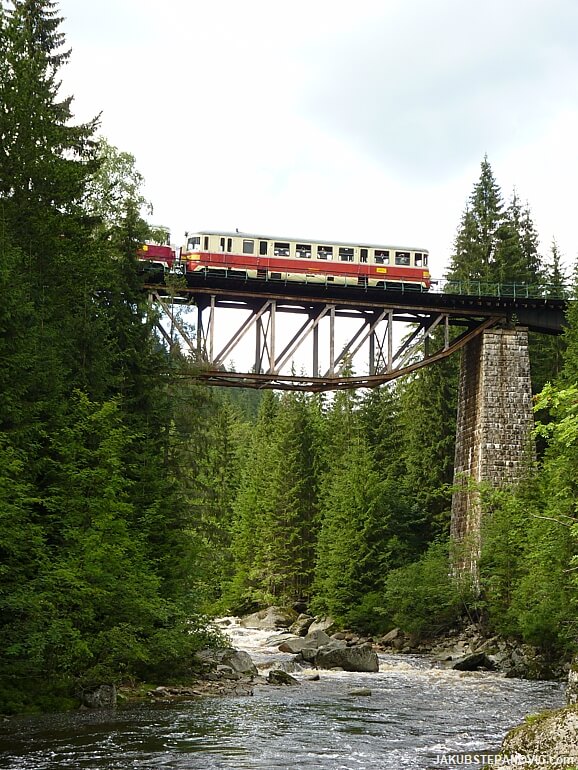
Rail bridge over Jizera River on the Tanvald-Harrachov route. Built in 1902, the bridge is 25m tall and 116m long.
The infrastructure is convenient since a significant portion of the place's appeal is hidden in the forest. When coming from the south, the range starts gradually with rolling hills. The northern slopes are steeper and more impressive...

Still, one needs to come closer to reveal the real gems. Many of them exist due to the high frequency of precipitation. The high plateau has spectacular peatlands:

..And rivers,..
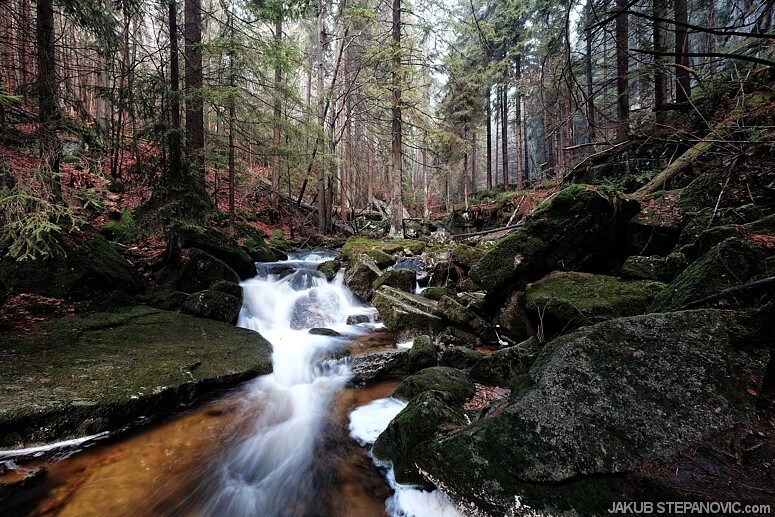
...which form neat waterfalls as they go down to the lowlands:
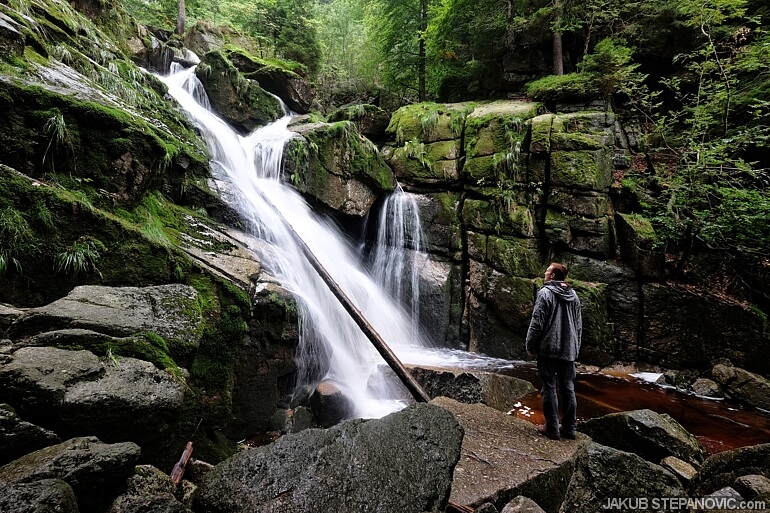

There are also many pretty dams from the turn of the 19-20th century, stopping the rivers from flooding the area:
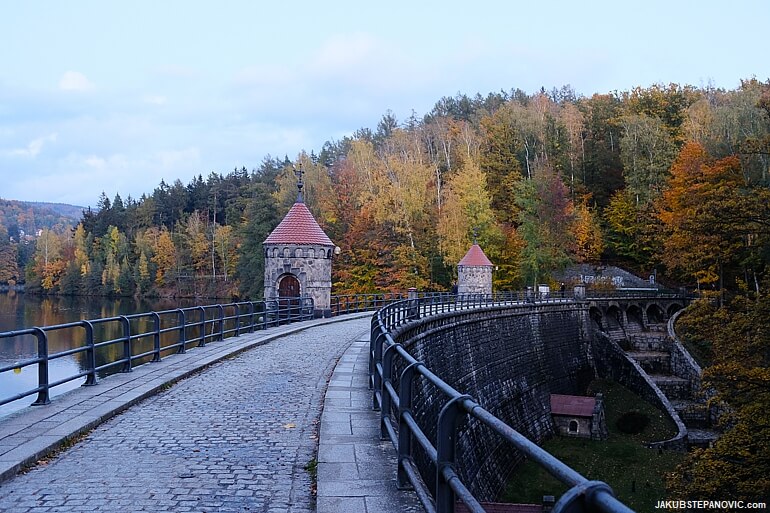
Many of the photos above include the massif's leading rock, granite. Its formations are another incredible feature of the mountains.

The deeper into the woods one goes, the more fascinating the rocks get.

Some of the most outstanding ones are placed at peaks' summits, offering fab outlooks.


A number of these towers are accessible by a carved staircase in the rock, one of the labours of those mountain associations.
Multiple of these rocky pinnacles have a cross at their tops:

And this trend extends beyond the rocks.
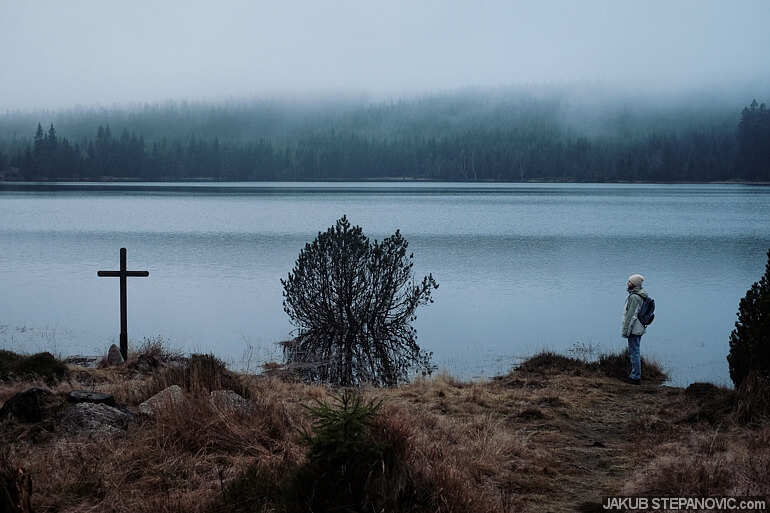
It is due to another driving force that coexisted with the industrial one: the church.
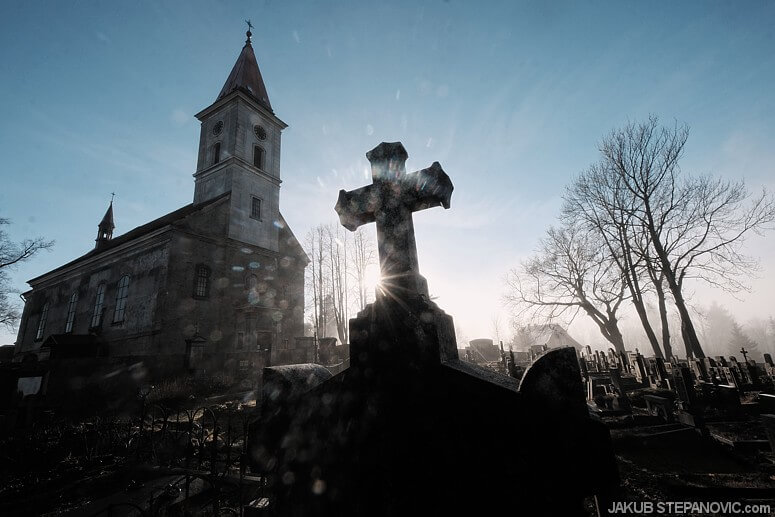
The most notable is the Baroque church / former Franciscan monastery in Hejnice. It is built on a place of pilgrimage whose origins date back to the 13th century.

The region's golden era ended with the world wars. The clothing and jewellery weren't desirable articles for the military efforts, so the factories either shut down or got forcefully altered into manufacturing plants supporting wartime production. The Second World War effectively put an end to every establishment here, as the Jizera Mountains and their surroundings were predominantly settled by the German population, which got expelled after the war ended. Just like that, families that once elevated the region had to leave, in a process that added to an already immensely dark period some additional 19,000 deaths, a quarter of which were suicides. A new communist rule that classified any remaining business owners as "enemies of the people" and seized their property then finished the collapse. Factories got restarted by people with no ties to the region, and the monastery closed in 1950.
The affection for natural resources declined, but their exploitation continued. By the 80s, the border region shared by former Czechoslovakia, East Germany, and Poland, which encompassed the mountains, got labelled as the "Black Triangle" for its extreme pollution levels. The toll on the environment caused by acid rains is still visible.
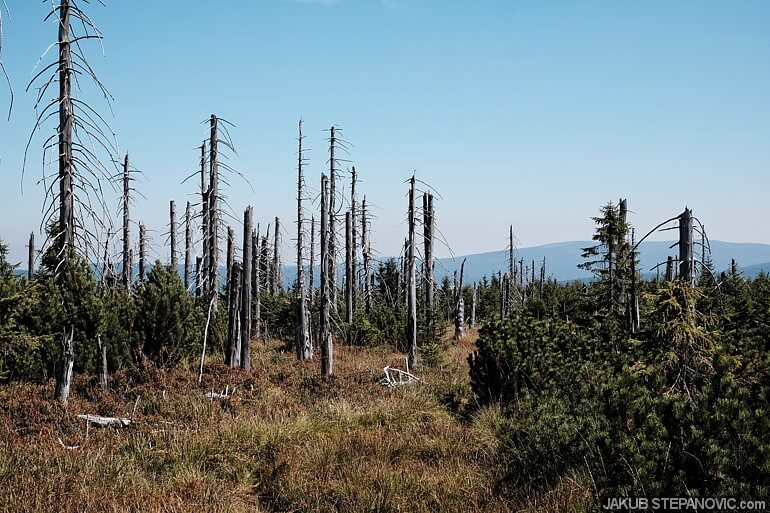
However, the last ~two decades marked massive improvements on that front and plenty of the forested areas recovered.
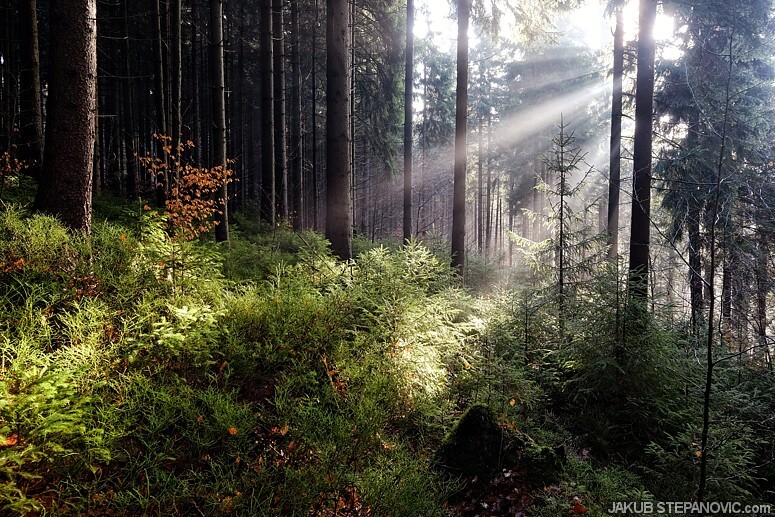
It is a joy to take a walk through them nowadays, regardless of the season.

And nature isn't the only recovering element. The new settlement found its way to the mountains too, and good outdoorsy people utilize them well:
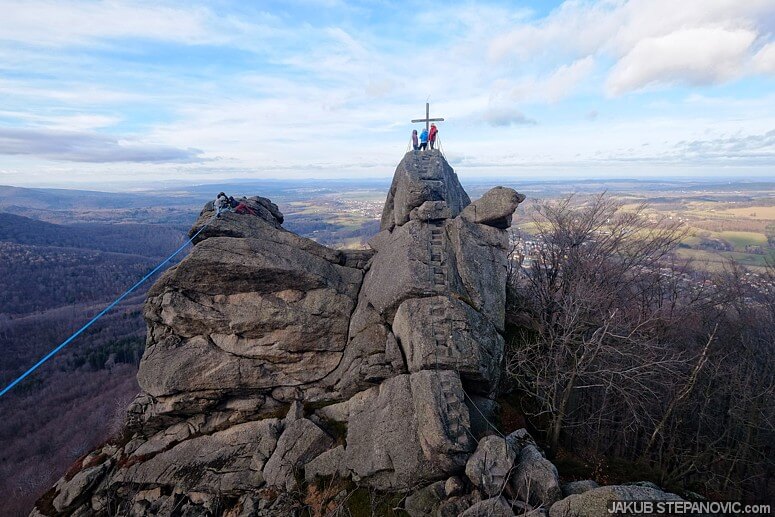
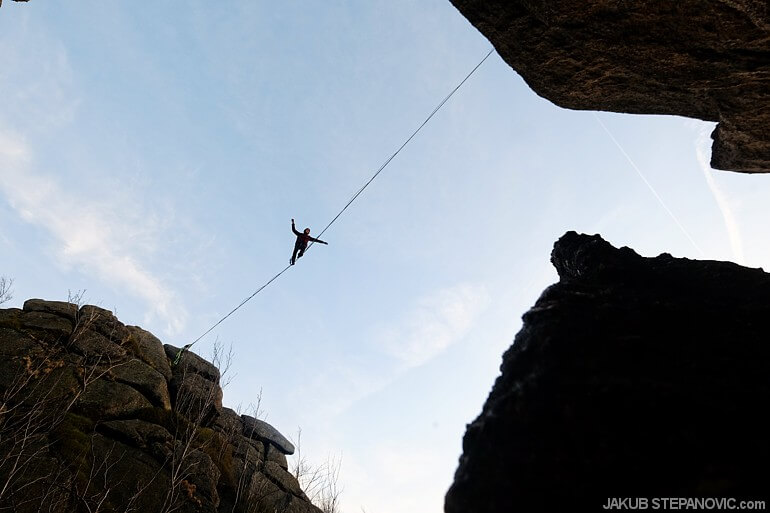
The mentioned infrastructure then provides plenty of marked paths, some of which are even paved. This is great for walkers, runners, XC skiers, and cyclists of all abilities.

No matter where in the Jizera Mountains you are, there's a road within a mile radius.
Moreover, the mentioned granite forms an amazing MTB playground.
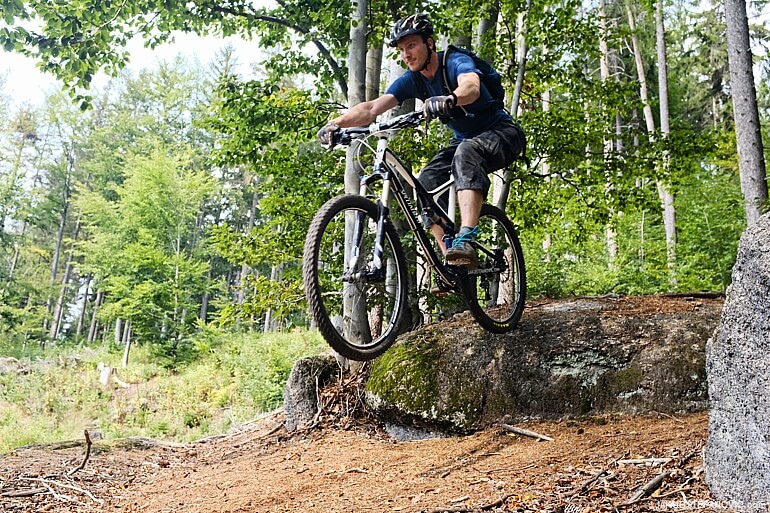
..and over. Heaven.
I get that the dangerousness of bigger mountains can have its appeal, but simultaneously, it is nice to have some smaller ones with infrastructure making them accessible, so one can reach lovely places within an afternoon. The Jizera Mountains do this well, as they give a natural and sometimes rough impression while having a somehow domestic feel.
It is as if the Jizera Mountains are Felis, whereas the huge massifs of the Himalayas, Andes, Rockies, and similar would be of the genus Panthera. Both are elegant carnivores, but the first won't rip someone's face off with one hit.

To finish, here are a few unsorted photos of the range:
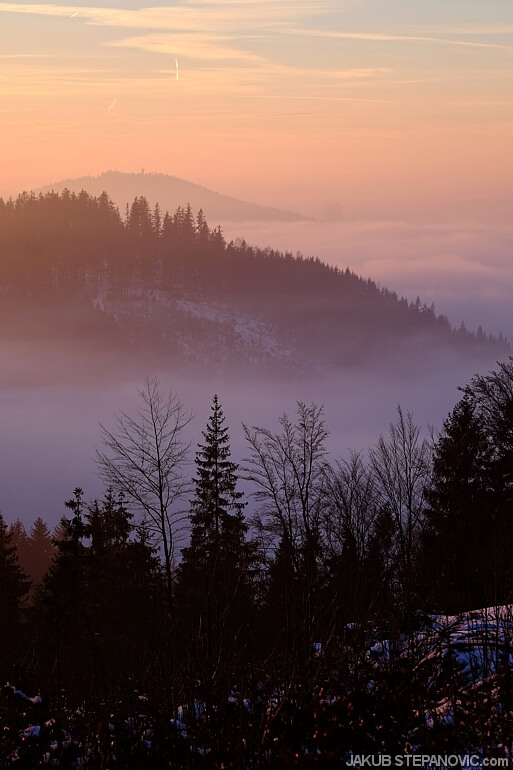
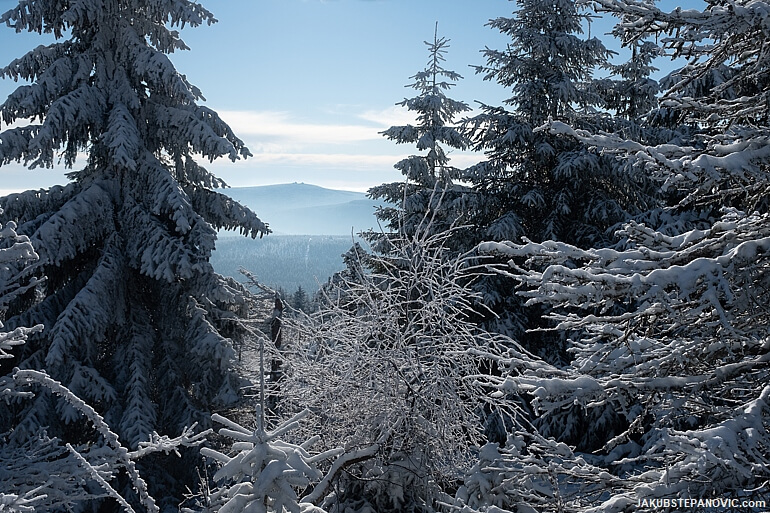




If you'd like to read more articles / see more photos featuring the Jizera Mountains, click for my posts from here. Alternatively, browse my Blog Archives for other topics, such as:
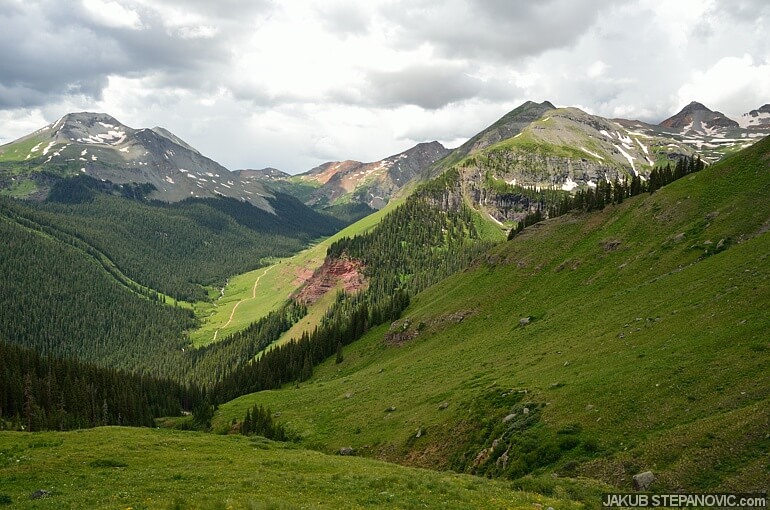
|
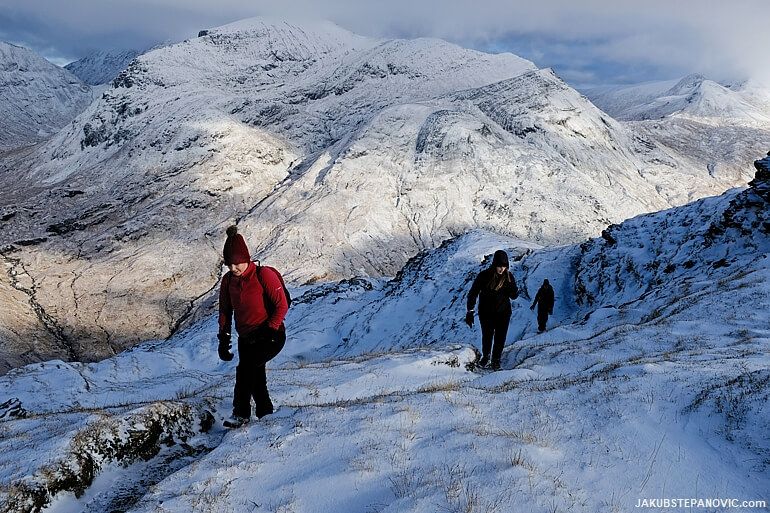
|
Thanks for reading!














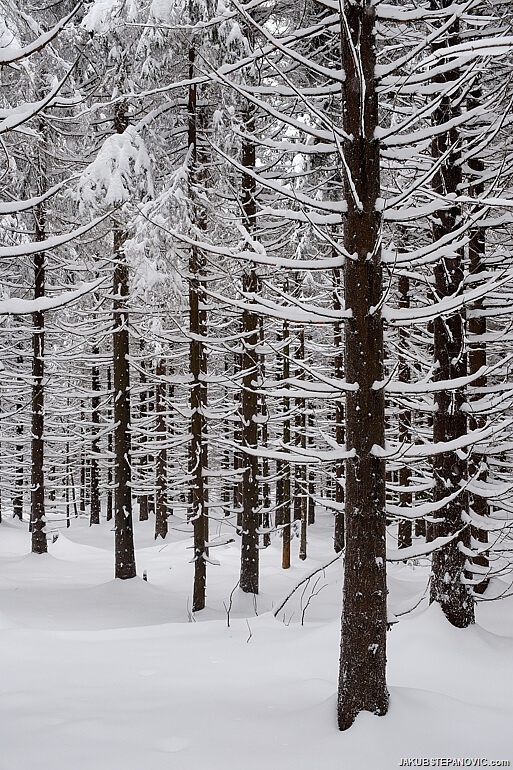
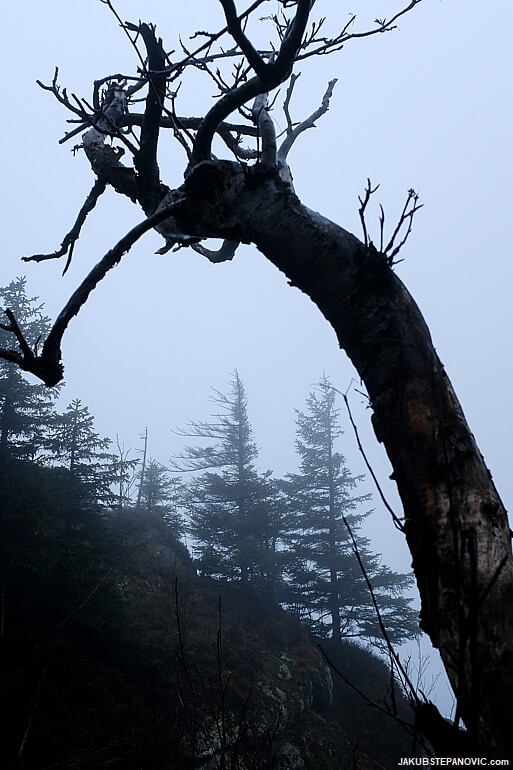




Comments are closed.